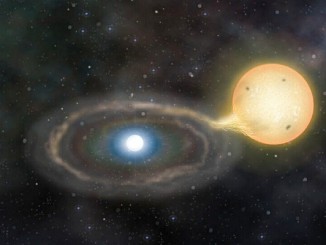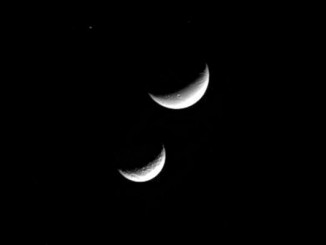
Articles by Astronomy Now


Pulsar punches hole in stellar disc
A fast-moving pulsar appears to have punched a hole in a disc of gas around its companion star and launched a fragment of the disc outward at a speed of about 4 million miles per hour. NASA’s Chandra X-ray Observatory is tracking this cosmic clump, which appears to be picking up speed as it moves out.
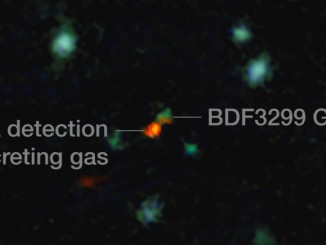
ALMA witnesses assembly of galaxies in early universe
The Atacama Large Millimetre/submillimetre Array (ALMA) has been used to detect the most distant clouds of star-forming gas yet found in normal galaxies in the early universe. The new observations allow astronomers to start to see how the first galaxies were built up and how they cleared the cosmic fog during the era of reionisation.
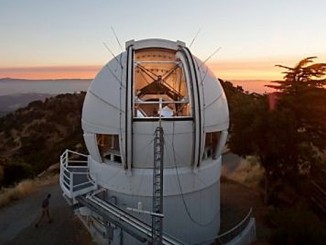
Lick Observatory joins search for intelligent life in the universe
The Breakthrough Prize Foundation announced a $100 million initiative to dramatically reinvigorate the search for intelligent life in the universe over the next ten years. Lick Observatory’s Automated Planet Finder (APF) Telescope will undertake a new deep and broad search for optical laser transmissions from nearby civilisations, if any exist.
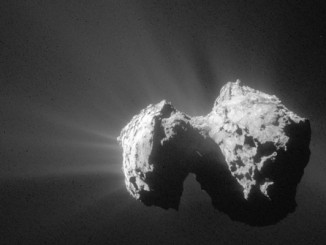

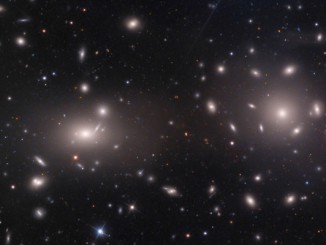
Dead galaxies may be packed with dark matter
Research using powerful computer simulations to study galaxies that have fallen into the Coma Cluster, one of the largest gravitationally-bound structures in the universe roughly 300 million light-years from Earth, suggests that it could contain as much as 100 times more dark matter than visible matter, according to an Australian study.

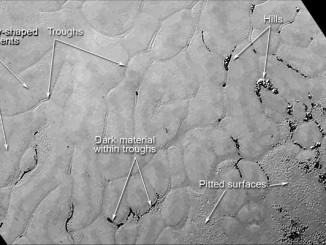
New Horizons discovers frozen plains in Pluto’s ‘heart’
A new close-up image of Pluto from New Horizons reveals a vast, craterless plain that appears to be no more than 100 million years old. This frozen region is north of Pluto’s icy mountains, in the centre-left of the heart feature, informally named “Tombaugh Regio” (Tombaugh Region) after Clyde Tombaugh, who discovered Pluto in 1930.
